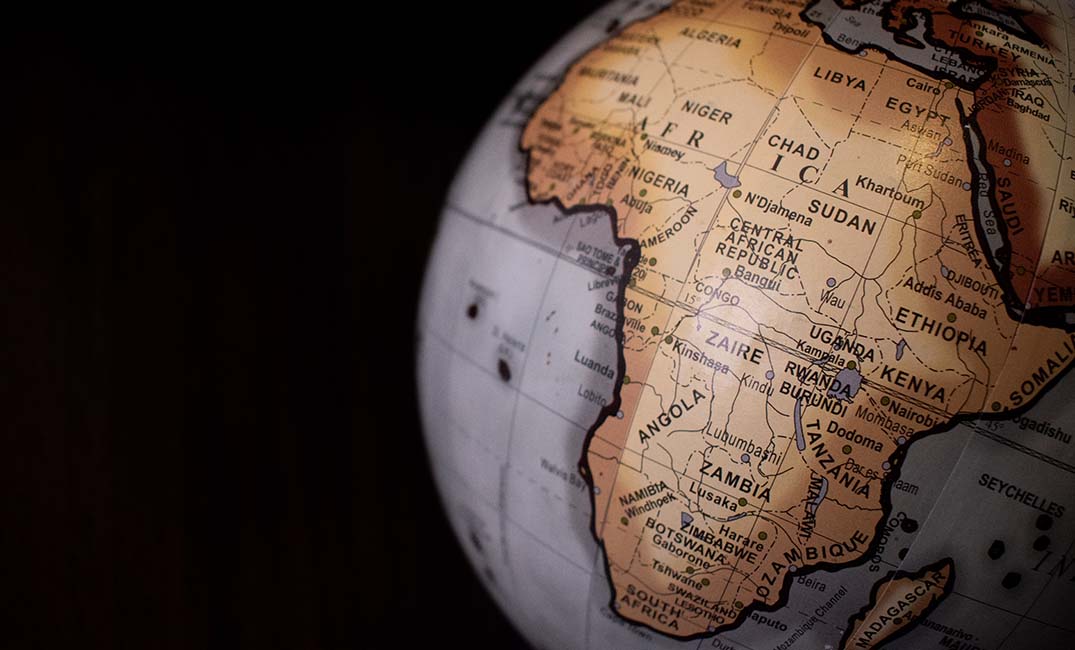Kathy Gibson reports – As artificial intelligence (AI) drives strategic and competitive leadership, countries are jockeying for leadership positions.
According to a Boston Consulting Group masterclass on AI and geopolitics, there can be no doubt that the US leads across most of the critical AI enablers and its years-long legacy of technology leadership.
However, China is rapidly closing the capability gaps, offering alternative technologies that could accelerate AI adoption.
Behind these two superpowers, a middle tier of AI powers are stepping up, many of them consolidating capabilities, or pivoting their AI strategies.
Government support and funding is seen to be critical as commoditization and an imbalance between price and the cost of R&D.
For many countries, including those in Africa, the value of AI and generative AI (GenAI) will come not so much from participating in the supply chain but in effective adoption and strategic plays int eh applications.
BCG suggests that, with the geopolitical fragmentation of technology, companies should consider taking a portfolio approach to regionalising their GenAI supply chains
Sylvain Duranton, global leader of BCG X, BCG’s tech builds and design unit, points out that countries that lead in the AI race make massive investments in compute power and foundational models.
These are complemented by investment in research, adds Nikolaus Lang, global leader of the BCG Henderson Institute.
A good way to benchmark how countries are performing in these areas is by measuring them against six metrics:
- Talent – how many AI researchers and AI specialists they have;
- IP (intellectual property_ – their share of notable machine learning models, AI publications and patents;
- Data – this relates to the UN e-government index and the number of broadband subscriptions within the country;
- Energy – the cost of industrial electricity;
- Computing power – the country’s data centre capacity and its access to both high-end and tier 2 chips; and
- Capital power – the ability to access finance underpins all the other metrics.
The US dominates the AI landscape on most of the metrics, closely followed by China. But the European Union (EU) and some players in the Asia and the Middle East are emerging as mid-tier players.
Driving the US’s leadership position is its strength in capital, with about $212-billion spent on R&D by the largest tech companies. It also leads in talent, with 60% of the world’s top AI researchers and largest pool of AI specialists. In terms of compute power, it has the world’s largest data centre capacity and the most reliable access to cutting edge technologies. It has also been the largest producer of notable AI models since the 1950 at 67%.
Not only is the US leading in AI infrastructure and investment, it is looking to consolidate this lead by restricting other countries’ access to specialised AI chips, Lang points out.
China is rapidly closing the gap, already leading in data and energy. Capital investment is increasing and it has the world’s second-largest data centre capacity.
And, while it doesn’t have access to the latest AI chips, it is developing LLMs that are quickly approaching the benchmark of the top US models.
“On DeepSeek, much has been said but what is clear is that it has laid out an alternative to US models by having smaller AI research teams and fewer GPU hours on training. But, importantly, instead of using the latest chips, it does this using previous generations of technology.”
China is also investing in talent, and is already a leader with its top AI academic institutions. “Chinese universities are a centre of growth regarding LLM ecosystems,” Lang says. “We also see them as a clear leader in patent applications and also on AI-directed venture capital funding.”
In the future, BCG believes that governments may end up playing a greater role in AI frontier research. As the technology becomes more commoditised, the role of governments will be more important, and collaboration with areas like defense will be seen.
While the “Ai superpowers” dominate the geopolitical AI market, the “GenAI middle powers” can still claim a space, Lang point out.
Europe, occupying the third-largest niche, has substantial data centre capacity and a strong talent pool. It also has the third-larges share of AI researchers. The continent faces challenges regarding data and energy costs, though.
“It is important that the EU benefits from the combined strength of its members,” Lang says. “It will only work if these countries are borderless.”
The United Arab Emirate and Kingdom of Saudi Arabia are emerging middle-tier AI powers, both enjoying plentiful centralised capital and cheap energy. They have a small data centre capacity not, but that’s expected to increase significantly in the current year. This will be constrained by a cap on chip imports, though.
Both countries are investing heavily to expand their capabilities through state-directed wealth. “The Middle East countries want to become AI powers and drivers,” Lang says. “We are seeing a positive dynamic in the their ability to attract AI specialists, and they are already expanding their talent pools while starting to drive research and IP as well.”
Vaishali Rastogi, BCG’s global leader: technology, media and telecommunications, explains that Japan and South Korea are also middle-tier AI powers based on their historically strong technology ecosystems. “They are able to leverage some of that in the supply side of AI and GenAI.”
These two countries have among the highest spend among the middle powers on R&D, and also enjoy a lot of government support in driving both the supply and demand side.
“They have some of the other enablers, like data centre capacity and data, and are spending on upgrading and upskilling for talent.”

